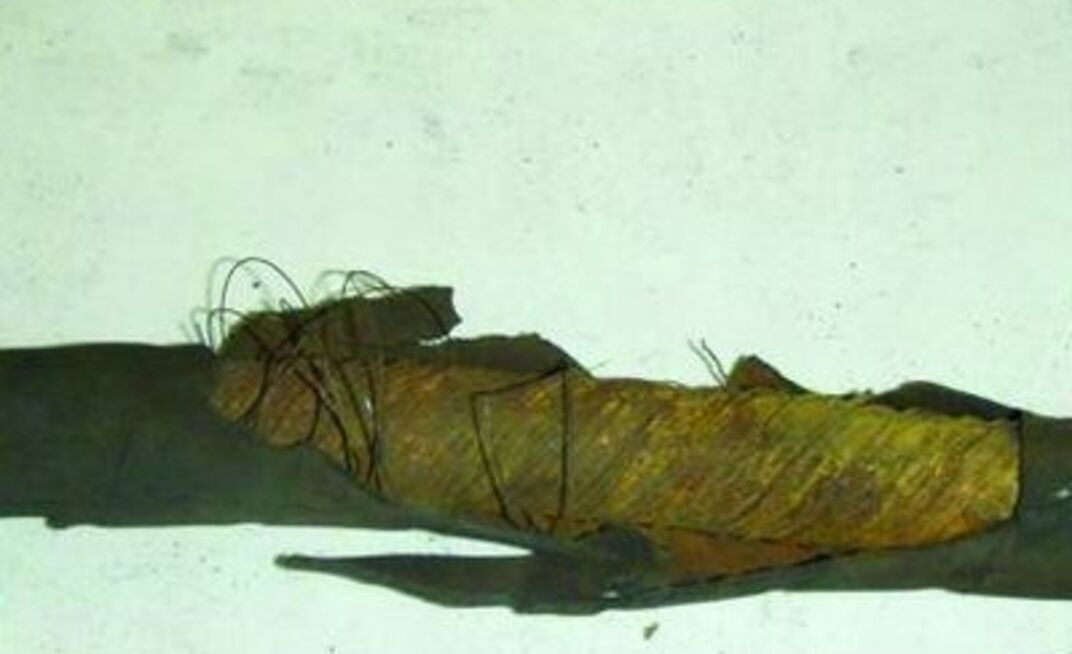The incident occurred during a longwall relocation, when a fitter was setting up the hydraulic supply lines to install roof support shields on a longwall face.
To facilitate commissioning of the crusher on the beam stage loader, the longwall hydraulic supply lines isolation was moved from one isolation point to a second isolation point inbye utilising a 350 Bar working pressure ball valve.
According to the DPI, the fitter tested the circuit on the downstream side for “no” pressure after closing the isolation valve. There was a time delay after the isolation was performed and before the fitter started to do his job. Pressure had built up in the circuit by a leak through the ball valve.
A near miss occurred when the fitter removed a staple from a manifold that was still pressurised. The plug (held in place with a staple) was ejected from the fitting and fluid escaped from the hose under pressure in close proximity to employees.
DPI’s investigation found that the second isolation valve ball valve seat had failed and had allowed the pressure to build up in the circuit.
The investigation found the wear on the valve seal was probably caused by the slow activation of the ball valve when restoring pressure, thus eroding the seal on the ball valve, and/or the isolation ball valve was left in a partially open/closed state, thus eroding the seat away during normal longwall operation.
The DPI issued the following recommendations on top of the rules outlined in MDG 40:
- Investigate alternative isolation and restoration of pressure to save wear and tear on ball valves and seals.
- Review isolation procedures and training to ensure there is no stored pressure in hydraulic circuits before commencing work.
- Review the installation of pressure gauges at isolation points to ensure all the pressure is dissipated.
- Investigate an alternative method of slow filling hydraulic circuits to prevent shock loading.
- Review the mine’s maintenance schedule to check, inspect and test the isolation valves at periodic intervals.
- Consider a double block and bleed (closure of a line, duct or pipe by closing and locking or tagging two in-line valves and by opening and locking or tagging a drain or vent valve in the line between the two closed valves) arrangement for the main hydraulic isolation points in the hydraulic system supplied on longwalls.

























